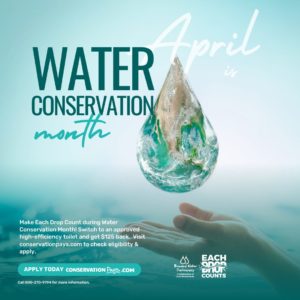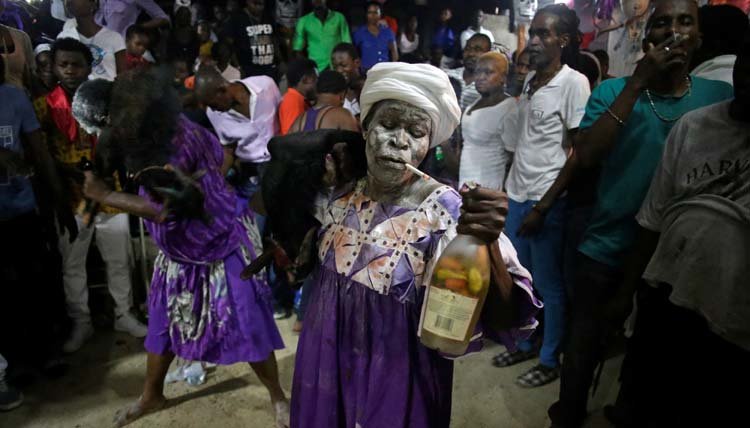
Fête Gede, or “Festival of the Dead,” is one of the most important celebrations in the Voudou religious calendar.
Fete Gede, the Feast of the Dead, is a time when Vodouisants celebrate the ancestral dead, typically held during either or both of the first two days in November. Known as the Festival of the Ancestors, Fet Gede (Fet = Festival, Gede = The Sacred Dead) is the Vodou equivalent of Mardi Gras, the Mexican Day of the Dead, and Halloween, all in one.
1. People dress up, take to the streets, dance their communion with the ancestors, and walk-in processions to the graveyards where they feed their ancestral dead with the gifts of their own table. In this way, spirits are honored and their protection is gained for the coming year.
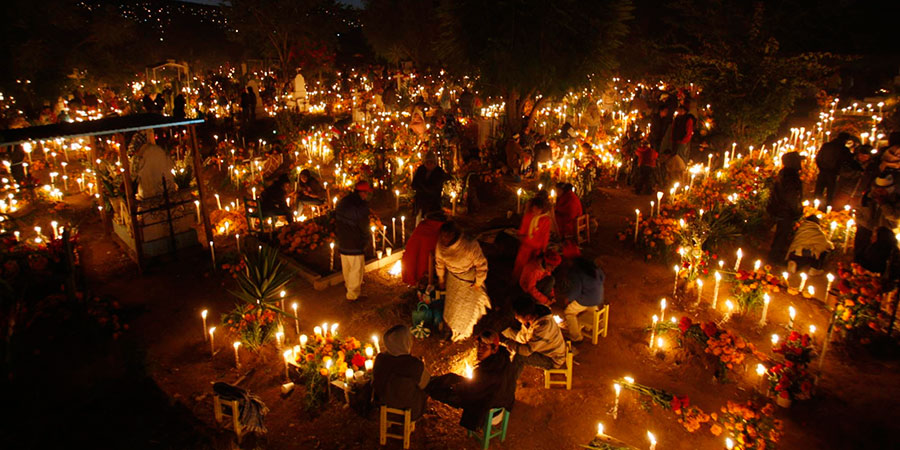
2. In peristyles (churches) up and down the country, there is music, dancing, and feasting. The priests and the people come together, and there is enough drumming, singing, and laughter to – literally! – raise the dead. It is a time for celebration, for reconnecting with the past and preparing for the future, with music, processions, sacred rituals and spiritual observances taking place throughout.
3. Fete Gede is also a traditional vodou feast which celebrates the lwa (spirits) of death and fertility. Though it shares calendar space and ideology with the Roman Catholic Day of the Dead, or All Souls Day, Fête Gede can be more accurately said to derive from African traditions preserved largely unchanged through the centuries.
4. Vodouists come in a spiritual pilgrimage to the cemetery to pay their respect to the dead, but first, permission of passage has to be obtained. The grave of Papa Gede, the first man who ever died. Ancestral services are held at this ‘crossroad’, considered to be the bridge between life and death. Kwa Baron is the Lwa guardian of the cemetery and head of the Gedes.
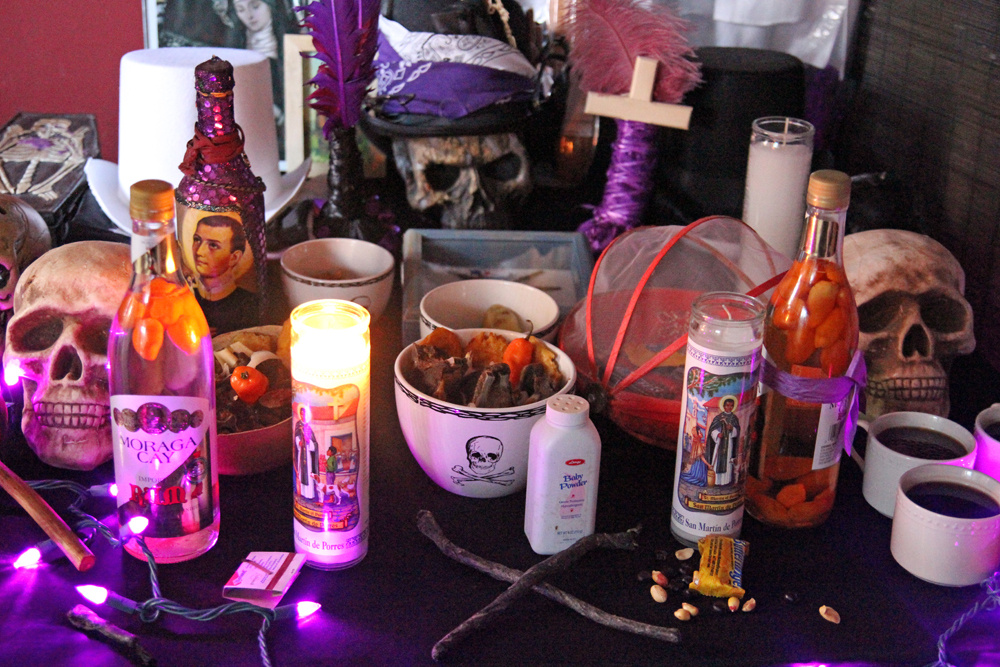
5. Rituals take place throughout November but are most concentrated at the beginning of the month. Voodoo believers converge on the Haitian capital’s main cemetery to honor the Gede and the father of them all, Baron Samedi. They layout gifts such as homemade beeswax candles, flowers, food and, to warm the Gede’s bones, bottles of rum stuffed with chili peppers.
6. Fete Gede can be described as the Vodou equivalent of Mardi Gras, the Mexican Day of the Dead, and Halloween, all rolled into one incredible ritual with enough drumming, singing, alcohol, and laughter to quite literally raise the dead. The Fete Gede celebrations are unique to Haiti, a blend of traditions brought over from Africa during the slave trade, mixed with colonial Christianity and a dash of ritual from the original Taino inhabitants of the island.
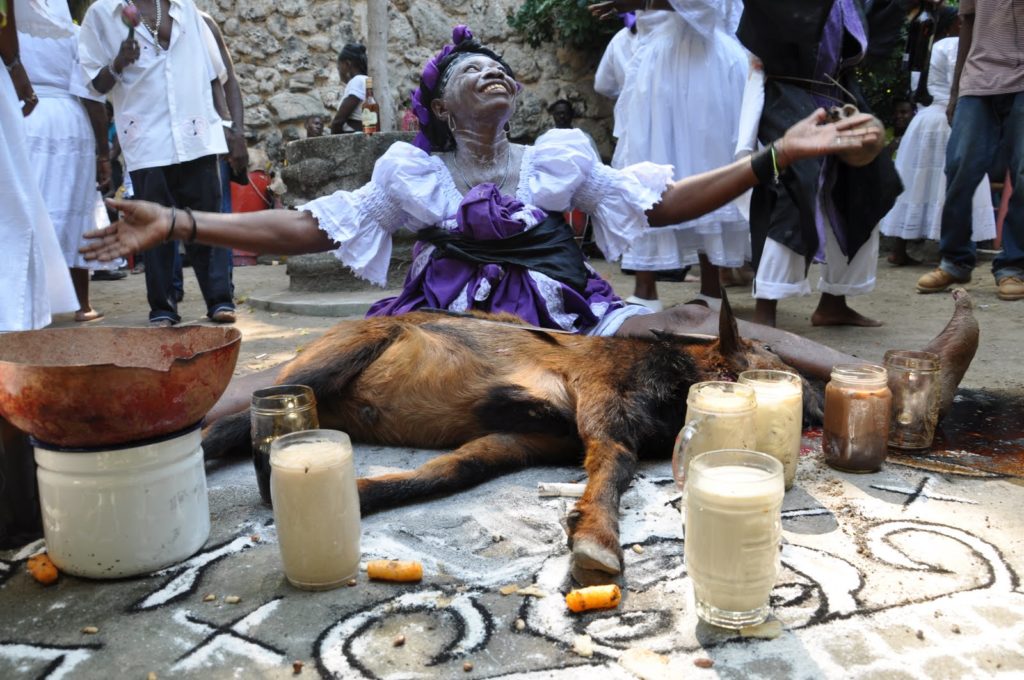
7. Haitians believe that the frisky Vodou spirits helped them win independence and become the world’s first black republic. Tradition marks the beginning of the revolution at a vodou ceremony at Bois Caïman, where the call to arms was issued by a Houngan (Vodou priest), and within hours, the northern plantations were in flames. The rebellion spread through the entire colony and the rest is history as they say.
8. Who is Papa Gede? The corpse of the ‘first man’ can in many ways be compared to the Tomb of the Unknown Soldier who is revered at memorials throughout the world – he may not necessarily be Haitian – just like the Baron is not Haitian nor African, he may be ‘other’ (foreign). Papa Gede is a psychopomp who waits at the crossroads to take departed souls into the afterlife, although he does not take a life before its time. Papa Gede has a very crude sense of humor, and a cunning ability to read people’s minds, knowing everything that happens in the worlds of the living and the dead.
9. In Haiti, the Guédé (also spelled Gede or Ghede, pronounced [ɡede] in Haitian Creole) is the family of Loa that embodies the powers of death and fertility. Guédé spirits include Ghede Doubye, Ghede Linto, Ghede Loraj, Guédé Nibo, and Guédé Ti Malis. All are known for the drum rhythm and dance called the “banda”. In possession, they will drink or rub themselves with a mixture of clairin (raw rum) and twenty-one habanero or goat peppers.
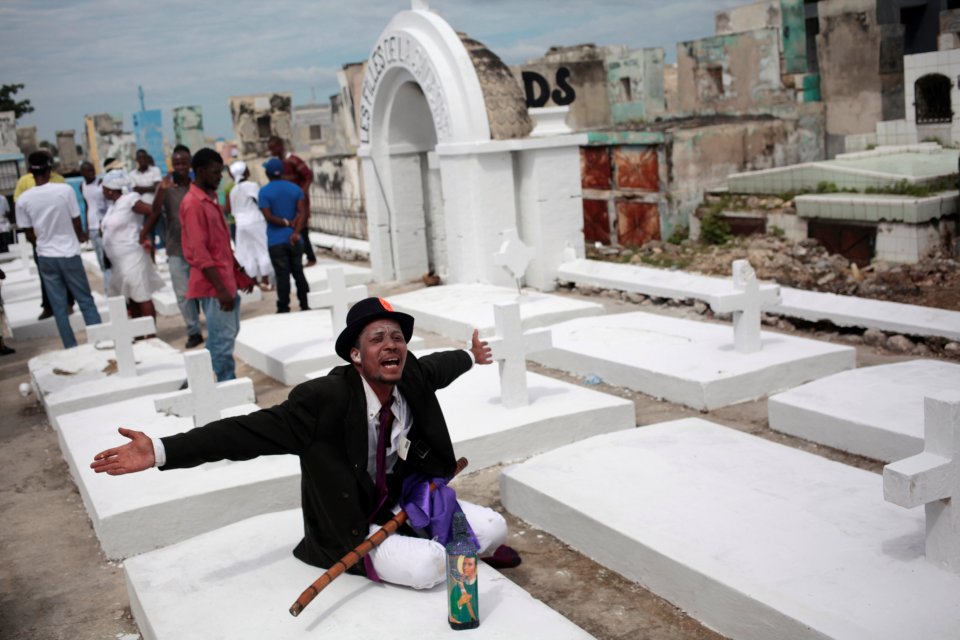
10. Vodou is a religion that can trace its roots back at least 6,000 years; some sources claim 10,000. It is freely practiced in West Africa and was in fact accepted as the state religion of Benin in 1996 where 80% of the population is followers. It is believed that over 60 million people practice vodou worldwide, 30 million of which are thought to be in West Africa. Vodou is widespread throughout the Caribbean, notably in Haiti where vodou was proclaimed the state religion in 2003 where is popularly stated that the people are 80% Catholics and 110% vodouists. It is also found in Brazil, the Guianas, Dominican Republic, and parts of the USA, introduced by the slaves.
This is just a quick informational guide about Fete Gede, please feel free to do your research if you are interested in learning more.
Check out these very informative sources and links below to learn more:
Source Source Source Source Source Source











